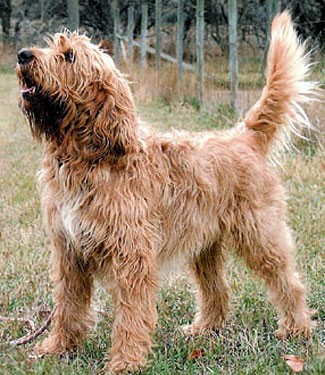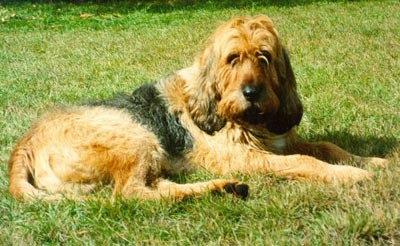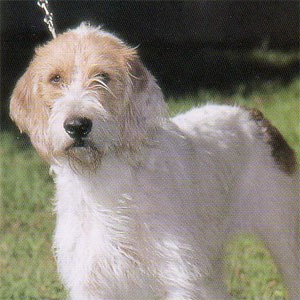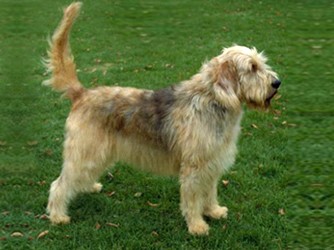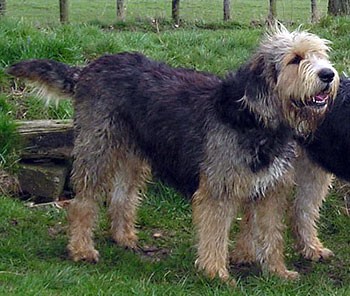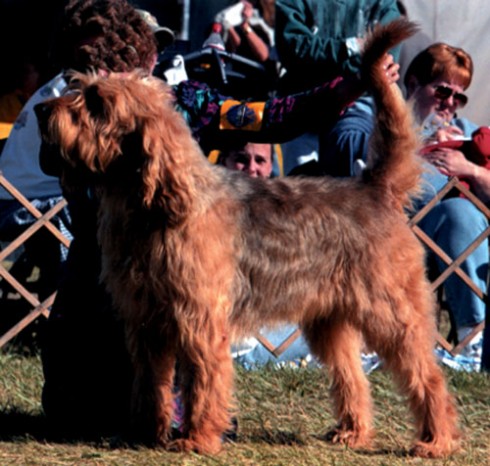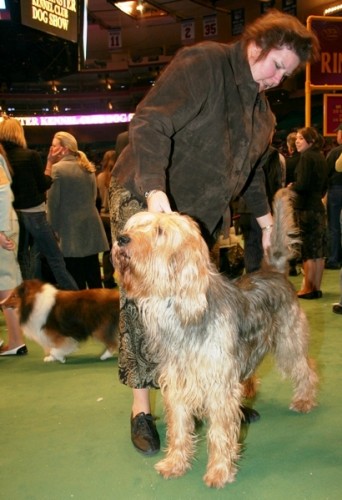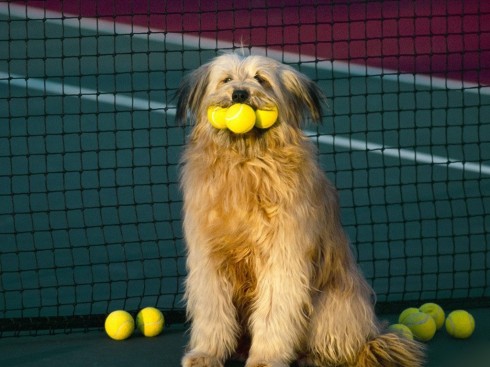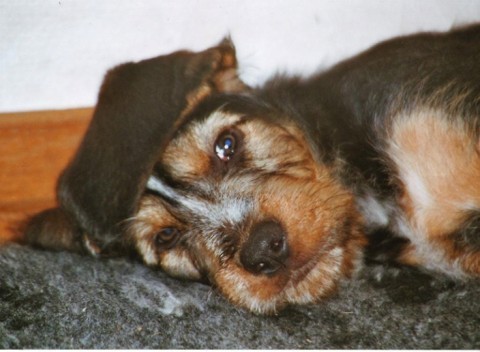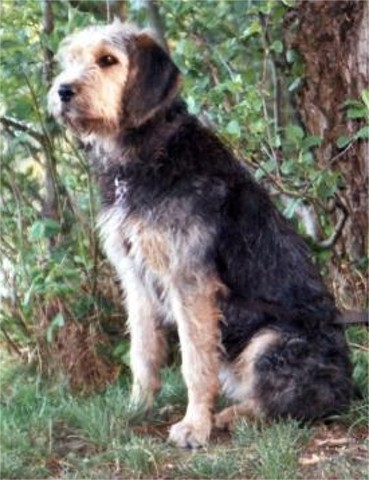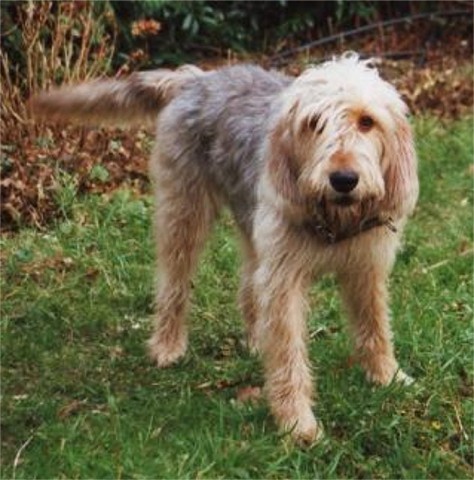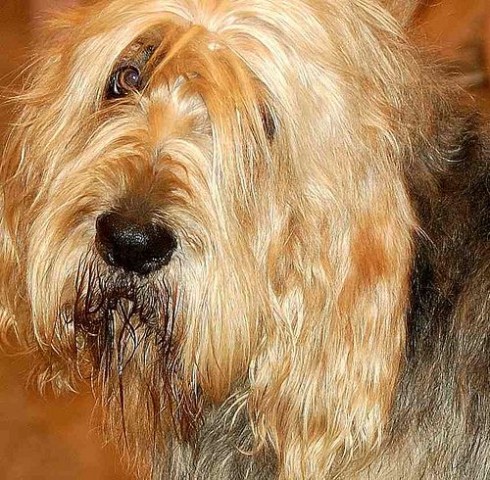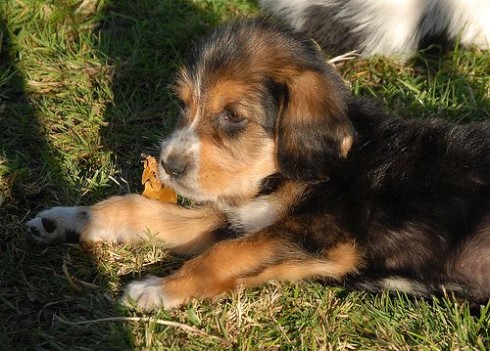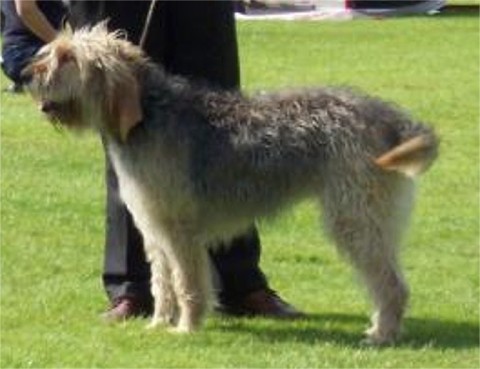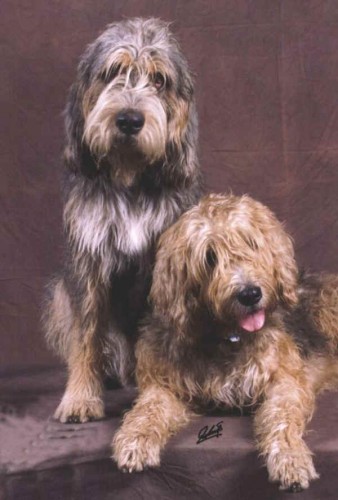Main Index
In Store
Our Web Store
Miniature Schnauzer Picture Gallery
Latest Dog Blogs
- What Are The Basic Commands To Train A Dog?
- PaySafe As The Most Popular Type Of Deposit
- Everything You Need To Know About Pet Sales
- Dogs Contribute To Our Physical And Mental Well Being
- How To Choose Where To Bet On Greyhounds In 2022
- Volunteer With Animals - How To Help Dogs Around The World
- Basic Understanding Of The House Edge
- Why You Should Get A Dog
- Top 20 Popular Dog Names Around The World
- Constipation in Dogs and How to Find Solutions
Otterhound
The Full Otterhound Description
These are big dogs with big appetites. They are also strong. Because of their large size, long swishing tail, and gregarious personality, Otterhounds should live where they can get plenty of exercise. They love people.
Did you know?
The Otterhound is a large breed of dog developed in England to hunt otter. The hunting of otters was practiced because they were preying on the fish in the rivers and streams to an annoying extent. Otter hunting is now banned.
The Otterhound has webbed feet.
So you want to own an Otterhound?
The Otterhound is covered with a shaggy coat that is relatively easy to care for; weekly brushings will keep shedding to a minimum.
Otterhounds get along with other animals and are good-natured with children.
Otterhounds have a melodious voice, which they are known to use freely. They are energetic dogs who need plenty of room for exercise and exploration. A fenced yard is a must for Otterhound owners.
Indicative Breed Standard
General Appearance
Large, straight limbed and sound, rough-coated with majestic head, strong body and loose, long striding action. Rough double coat and large feet essential. Free moving.
Characteristics
Big, strong hound primarily built for long day’s work in water but able to gallop on land.
Temperament
Amiable and even-tempered.
Head and Skull
Clean, very imposing, deep rather than wide, clean cheekbones, skull nicely domed, neither coarse nor overdone, rising from distinct though not exaggerated stop to slight peak at occiput. No trace of scowl or bulge on forehead, expression being open and amiable. Muzzle strong, deep; with good wide nose, wide nostrils. Distance from nose end to stop slightly shorter than from stop to occiput. Plenty of lip and flew, but not exaggerated. Whole head except for nose well covered with rough hair, ending in slight moustache and beard.
Eyes
Intelligent, moderately deep-set eye; haw showing only slightly. Eye colour and rim pigment variable according to coat colour (a blue and tan hound may have hazel eyes). Yellow eye undesirable.
Ears
Unique feature of the breed. Long, pendulous, set on level with corner of eye; easily reaching nose when pulled forward, with characteristic fold. Leading edge folding or rolling inwards giving curious draped appearance – an essential point not to be lost. Well covered and fringed with hair.
Mouth
Jaws strong, large, well placed teeth with perfect, regular scissor bite, i.e. upper teeth closely overlapping lower teeth and set square to the jaws.
Neck
Long, powerful, set smoothly into well laid back, clean shoulders. Slight dewlap permissible.
Forequarters
Well laid shoulders. Forelegs strongly boned, straight from elbow to ground. Pasterns strong and slightly sprung.
Body
Chest deep with well sprung, fairly deep, oval ribcage. Ribs carried well back allowing plenty of heart and lung room; neither too wide nor too narrow.
Body
Body very strong, with level top line and broad back. Loins short and strong.
Hindquarters
Very strong; well muscled when viewed from any angle, standing neither too wide nor too narrow behind. Hind angulation moderate; hocks well let down, turning neither in nor out. Thighs and second thighs heavily muscled. In natural stance, hindlegs from hock to ground perpendicular.
Feet
Large, round, well knuckled, thick padded, turning neither in nor out. Compact but capable of spreading; hind feet only slightly smaller than forefeet. Web must be in evidence.
Tail
(Stern) Set high, carried up when alert or moving, never curling over back and may droop when standing. Thick at base, tapering to point; bone reaching to hock and carried straight or in a slight curve. Hair under tail rather longer and more profuse than that on upper surface.
Gait/Movement
Very loose and shambling at walk, springing immediately into a loose, very long-striding, sound, active trot. Gallop smooth and exceptionally long striding.
Coat
Long 4-8 cm (11/2-3 ins), dense, rough, harsh and waterproof but not wiry; of broken appearance. Softer hair on head and lower legs natural. Undercoat evident and there may be a slight oily texture in top and undercoat. Not trimmed for exhibition. Presentation should be natural.
Colour
All recognised hound colours permissible: Whole coloured, grizzle, sandy, red, wheaten, blue; these may have slight white markings on head, chest, feet and tail tip. White hounds may have slight lemon, blue or badger pied markings. Black and tan, blue and tan, black and cream, occasional liver, tan and liver, tan and white. Colours not permissible: Liver and white, a white-bodied hound with black and tan patches distinctly separate. Pigment should harmonize though not necessarily blend with coat colour; for example a tan hound may have a brown nose and eye rims. A slight butterfly nose permissible.
Size
Approximate height at shoulder: dogs: 69 cms (27 ins); bitches: 61 cms (24 ins).
About Our Article Directory
- Article
- 27 November 2010
- 2 comments
Canis lupus familiaris
- Breed Article
- 29 May 2010
- No comments
Quick Search
Donate
Latest Dog Pods
- Tips on How to Stop Your Dog from Biting
- Beware - Not All Advertised Dog Rescues Really Are! How Can You Know The Truth?
- Helpful Tips For Dog Obedience Problems
- How to Keep Dogs From Eating Poop
- Dog Grooming Tips - A General Overview of the Very Basics of Dog Grooming
- Recognising Different Types of Dog Obedience Problems
- 5 Important Tips On Feeding A Puppy


